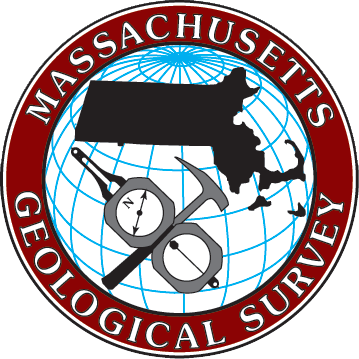| Title | Improving seismic hazard assessment in New England through the use of surficial geologic maps and expert analysis |
| Publication Type | Conference Proceedings |
| Year of Publication | 2013 |
| Authors | Becker, LR, Patriarco, SP, Marvinney, RG, Thomas, MA, Mabee, SB, Fratto, ES |
| Conference Name | Geological Society of America Abstracts with Programs |
| Volume | 45 |
| Pagination | 50 - 51 |
| Date Published | 2013/02/01/ |
| Publisher | Geological Society of America (GSA) : Boulder, CO, United States |
| Conference Location | United States |
| ISBN Number | 00167592 |
| Keywords | #StaffPubs, earthquakes, Environmental geology, geologic hazards, maps, natural hazards, New England, risk assessment, seismic risk, seismic zoning, surficial geology, surficial geology maps, technology, United States |
| Abstract | In New England, earthquakes pose a risk to the built environment. New England state geological surveys partnered with the Northeast States Emergency Consortium to integrate geologic information and GIS analysis for risk communication. Connecticut, Maine, Massachusetts, and Vermont employed surficial geologic maps, deglaciation history, glacial stratigraphy, and professional judgment to reclassify surficial geologic materials into one of the five National Earthquake Hazard Reduction Program (NEHRP) site classifications (A, B, C, D, and E). These new classifications were used in the HAZards U.S. Multi-Hazard (HAZUS-MH) risk assessment application as a substitute for site class value of "D," used in HAZUS-MH throughout New England as a default value. Coding of surficial geologic materials for the five NEHRP site classifications was then compared with classifications using the Wald methodology, a method using slope analysis as a proxy for shear-wave velocity estimates. Comparisons show that coding to site classes using the Wald methodology underestimates categories A (high-velocity shear-wave materials, least relative hazard) and E (lowest-velocity shear-wave materials, greatest relative hazard) when evaluated side by side with coding done with the aid of surficial geologic maps. Geologic maps provide insights into the location of buried low shear wave velocity materials not afforded by the Wald methodology. North of the glacial limit, derangement of drainage resulted in extensive ponding of meltwaters and the subsequent deposition of thick sequences of lacustrine mud. Inundation by the sea immediately following deglaciation in New England resulted in the deposition of spatially extensive and locally thick sequences of glacial marine mud. Surficial geologic maps better capture these circumstances when compared with the Wald methodology. Without the use of surficial geologic maps, significant areas of New England will be incorrectly classified as being more stable than actual site conditions would allow. By employing surficial geologic information, HAZUS-MH earthquake loss estimates are improved, providing local and regional emergency managers with more accurate information for locating and prioritizing. |
| URL | https://gsa.confex.com/gsa/2013NE/webprogram/Paper214837.html |
| Short Title | Abstracts with Programs - Geological Society of America |
Improving seismic hazard assessment in New England through the use of surficial geologic maps and expert analysis
For more info contact:



